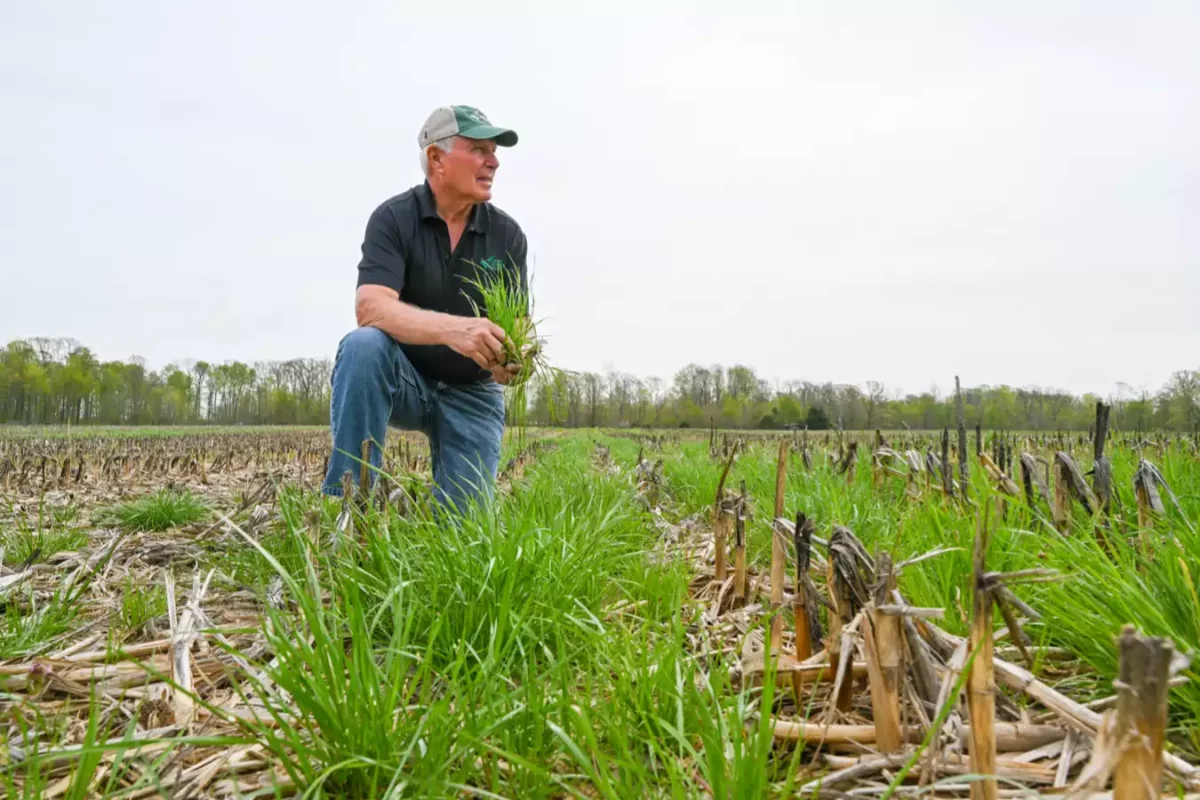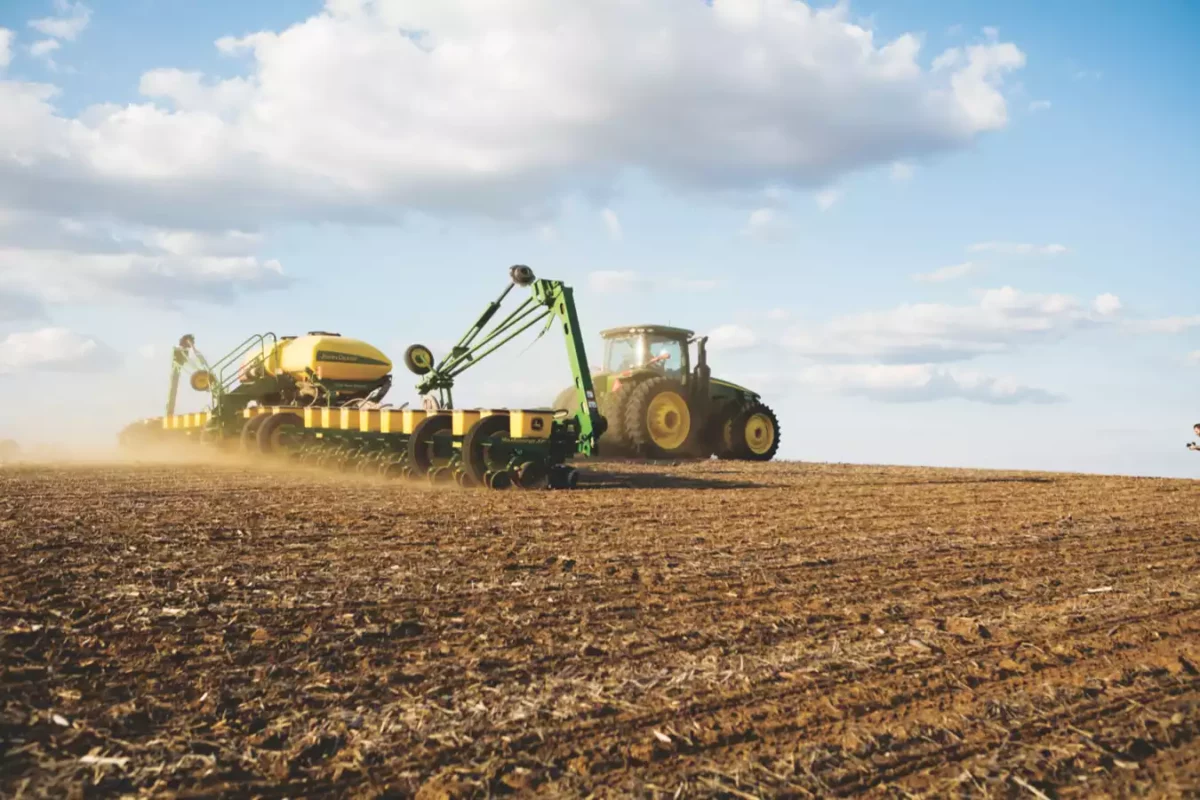Set Field Management Goals
Cover crops can help address management challenges like erosion, soil compaction, problem weeds, nutrient loss and many others. They can earn carbon credits or provide livestock grazing or forage. Consider and prioritize the issues to tackle in each field and ways to add value with cover crops. Clear goals and priorities will guide decisions about specific species, seeding method, termination timing and other logistics.
Learn about the links between cover crop management goals and overall soil health. Cover crops provide real soil solutions. These resources explain how planning and implementing cover crops in your fields make a difference.





